After hundreds of years of ups and downs and many renovations, Keo Pagoda (Vu Thu, Thai Binh) still remains quite intact compared to its original architecture.
Located next to the Red River full of alluvium in Duy Nhat Commune, Vu Thu District, Thai Binh Province, Keo Pagoda is known as one of the ten typical ancient architectural works of Vietnam. According to Lao Dong Newspaper, Keo Pagoda began construction in 1630 and was completed in 1632. Notably, the construction time of the pagoda was only about 2 years, but it took 19 years to collect and transport enough wood here.

Keo Pagoda in Thai Binh is one of the ten typical ancient architectural works of Vietnam. Photo: Internet
Keo Pagoda was built in the typical architectural style of "Inner public, outer private" and was built entirely of ironwood with high techniques, without using rivets but only using wooden joints and mortise and tenon joints and roofed with tiles.

The entire pagoda is made of ironwood in the architectural style of "inner public, outer private". Photo: Internet
Keo Pagoda complex also contains many different architectural works with unique features, typically: Tam Quan, Gia Roi building, east-west corridor, bell tower,... The structure and layout of each area are also different, high and low, big and small, up and down, floating but blending together to form a very tight and solid whole.
Currently, this pagoda is preserving about 200 relics and antiques of great historical and cultural value. In particular, there are few historical and cultural relics possessing as many national treasures as Keo Pagoda (Vu Thu district, Thai Binh province).

The second national treasure at the nearly 400-year-old ancient temple is the incense table (also known as incense table, altar). Photo: Internet
Accordingly, Keo Pagoda preserves two valuable national treasures, the first being two sets of wooden doors carved with dragon images, an ancient art masterpiece dating back to the 17th century, located at the main gate of Keo Pagoda in Thai Binh Province, recognized as a national treasure in 2017. Currently, Keo Pagoda is preserving two sets of wooden doors that have been restored by artisans to look exactly like the original, while the original set of doors is being preserved and solemnly displayed in the central hall of the Vietnam Museum of Fine Arts.
The second national treasure at Keo Pagoda is the incense table (also known as incense table) created during the Le Trung Hung period, 17th century, recognized as a national treasure in 2021.

After hundreds of years, the temple still remains quite intact compared to its original architecture. Photo: Internet
After nearly 400 years with many ups and downs of history, natural disasters, enemies and many restorations, Keo Pagoda still exists quite intact compared to its original architecture. With special cultural and historical values, in 2012, Keo Pagoda complex was ranked as a special national monument, a national tourist destination since 2013.

Keo Pagoda in Thai Binh preserves many valuable cultural and historical imprints. Photo: Internet
Time has covered this temple with a gloomy, mossy, sad look, but also very close and peaceful. This place is a sacred destination not only for local people but also attracts many tourists from all over to worship.
Source: https://danviet.vn/ngoi-chua-gan-400-tuoi-o-thai-binh-luu-giu-hai-bao-vat-quoc-gia-la-di-tich-quoc-gia-dac-biet-20240907172950904.htm






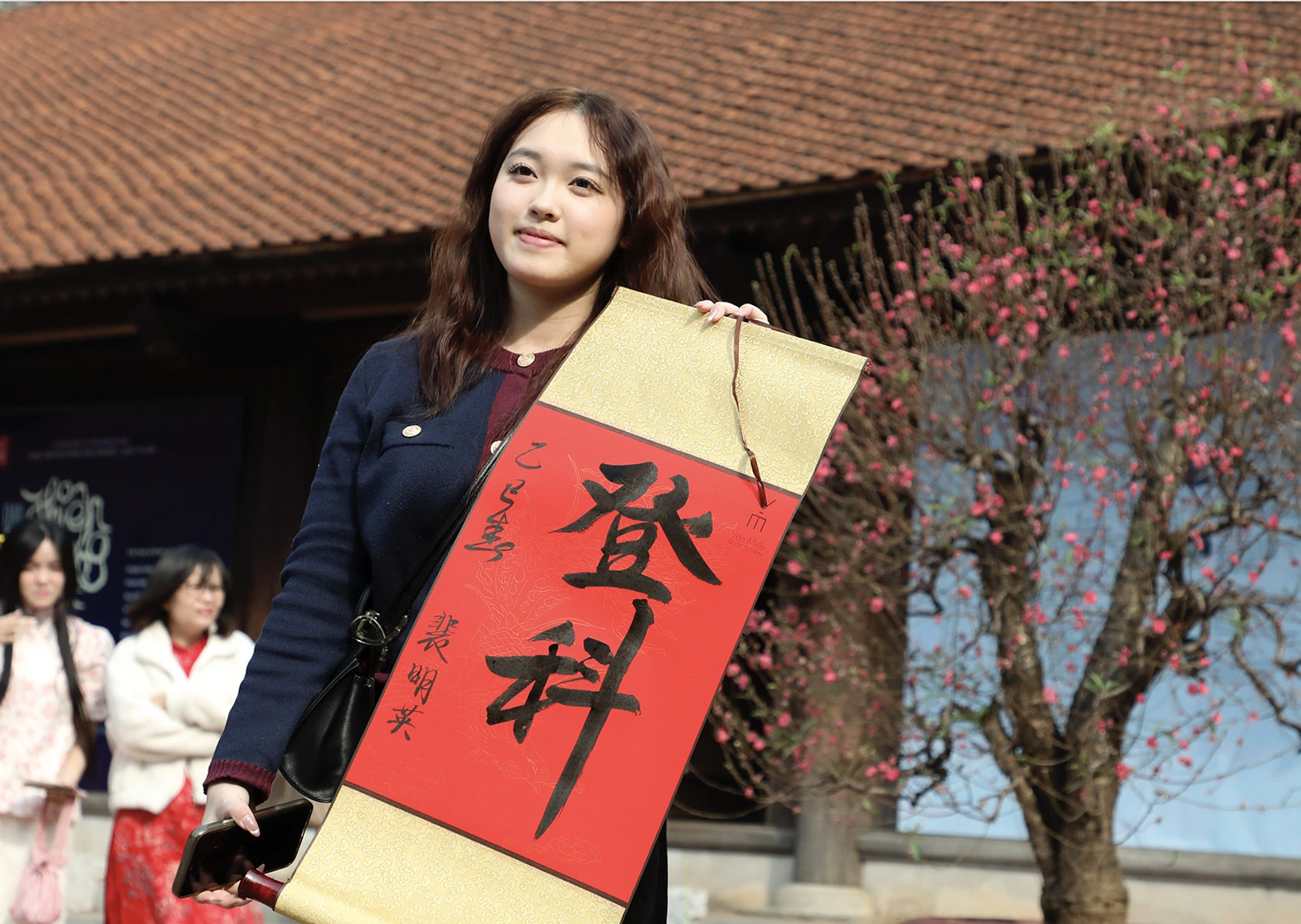
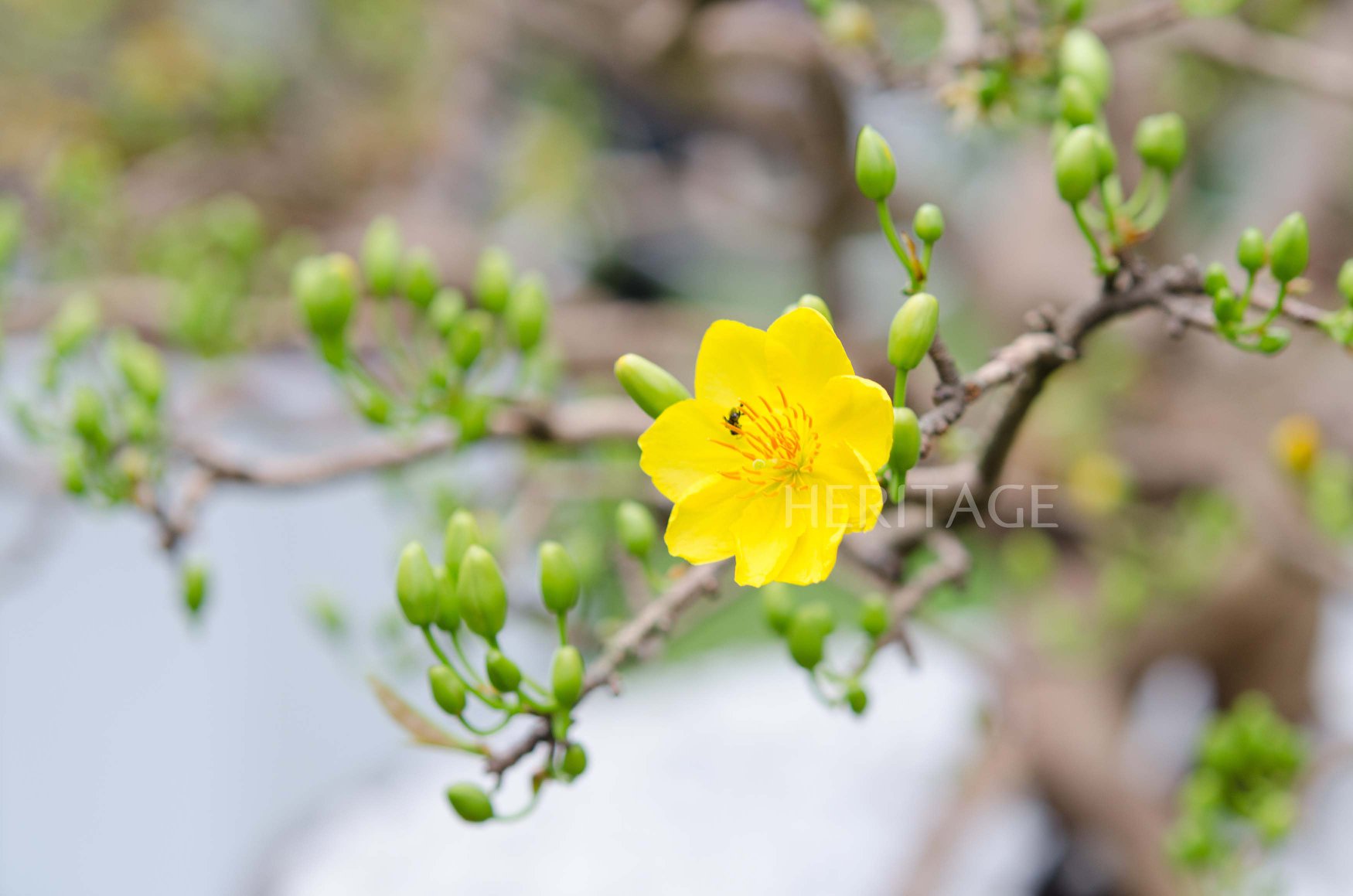














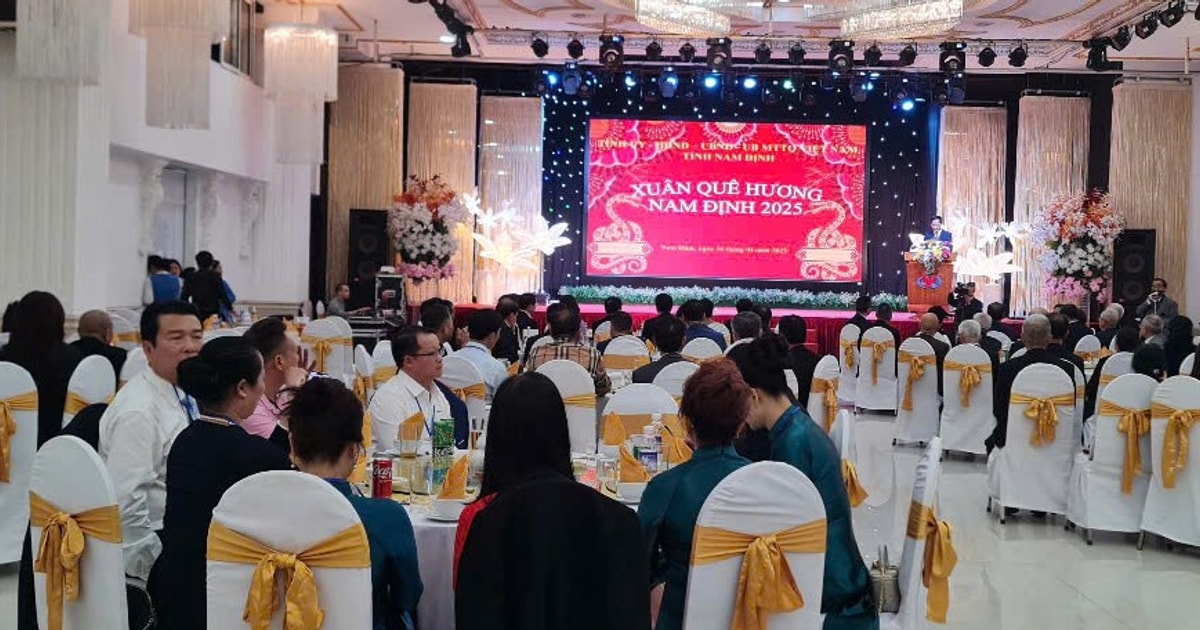

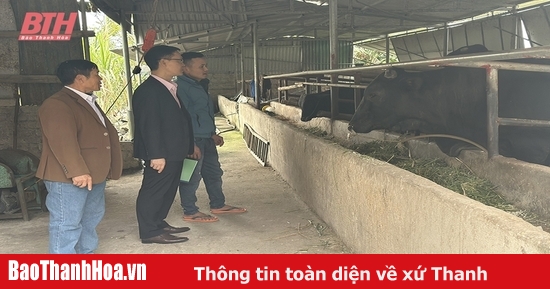
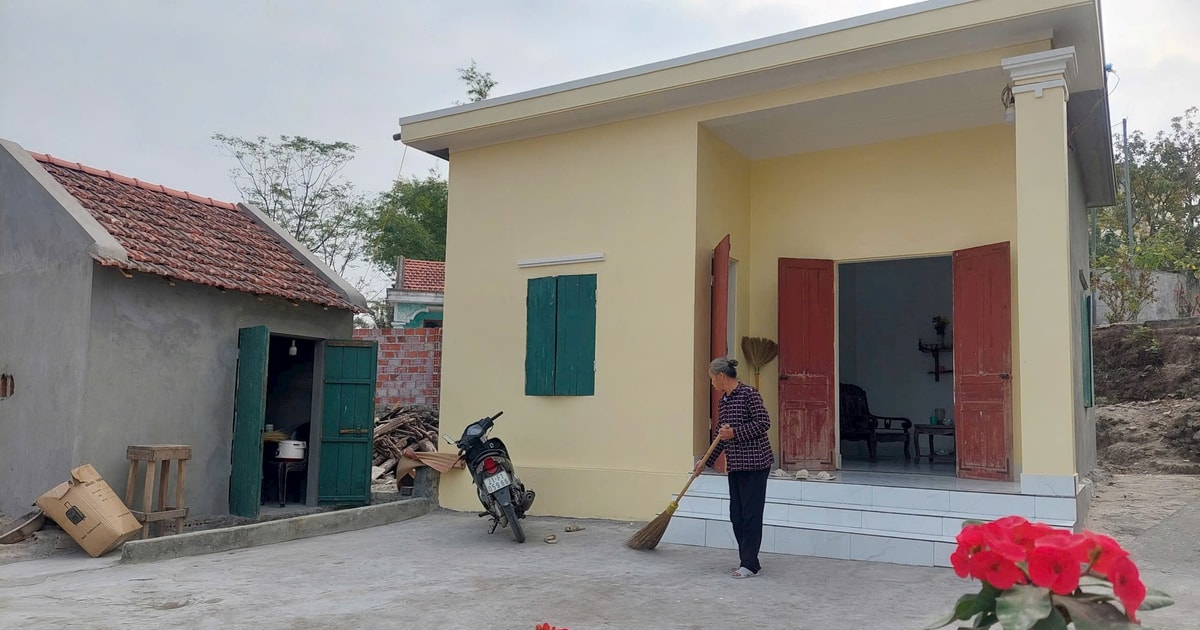
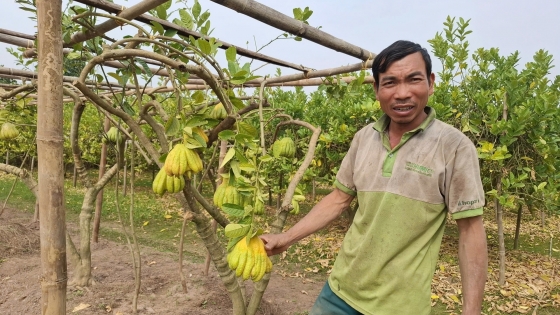


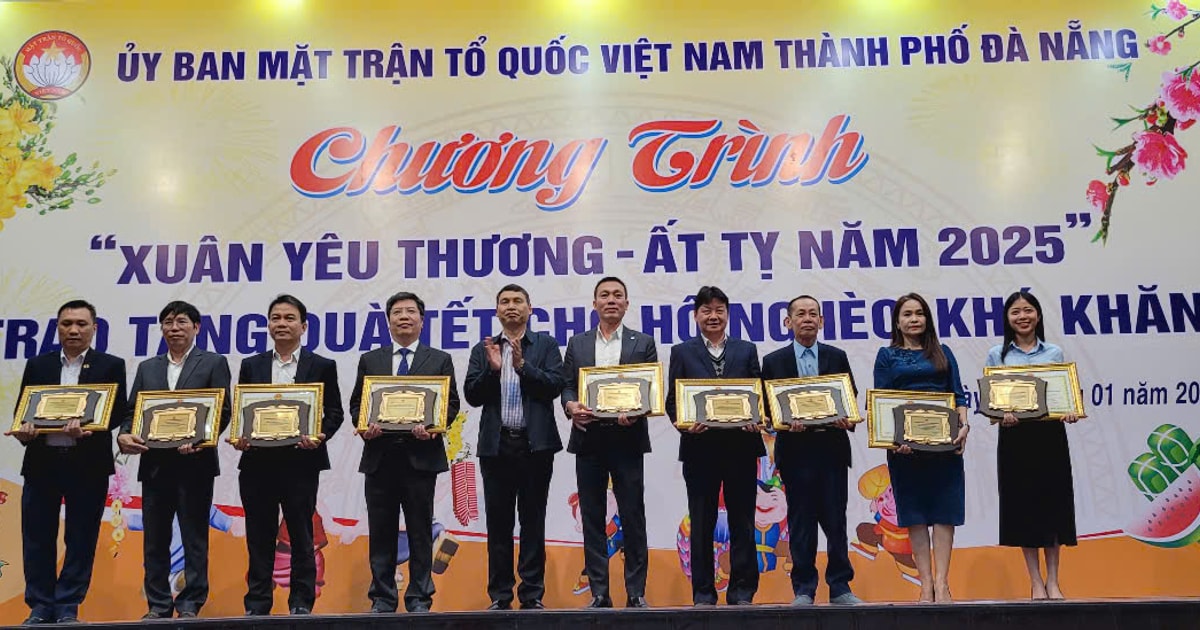
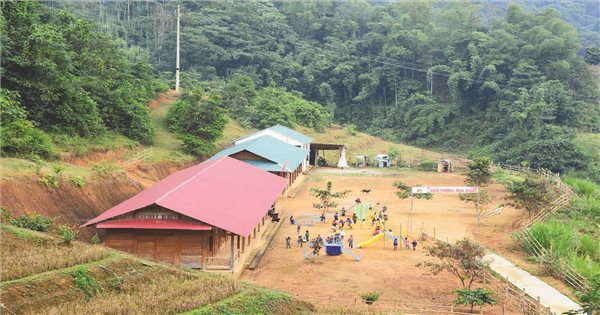


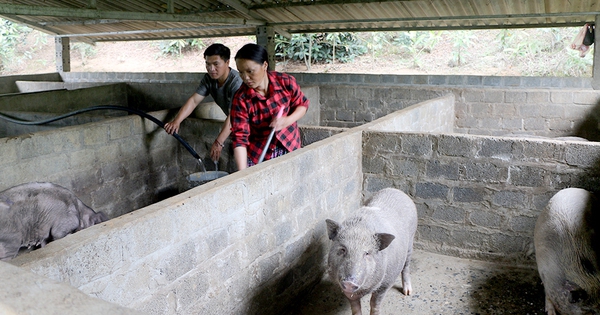
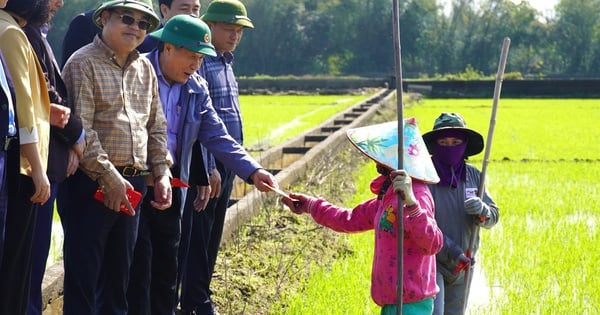
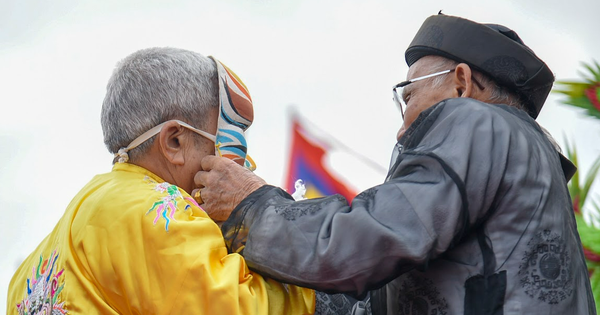






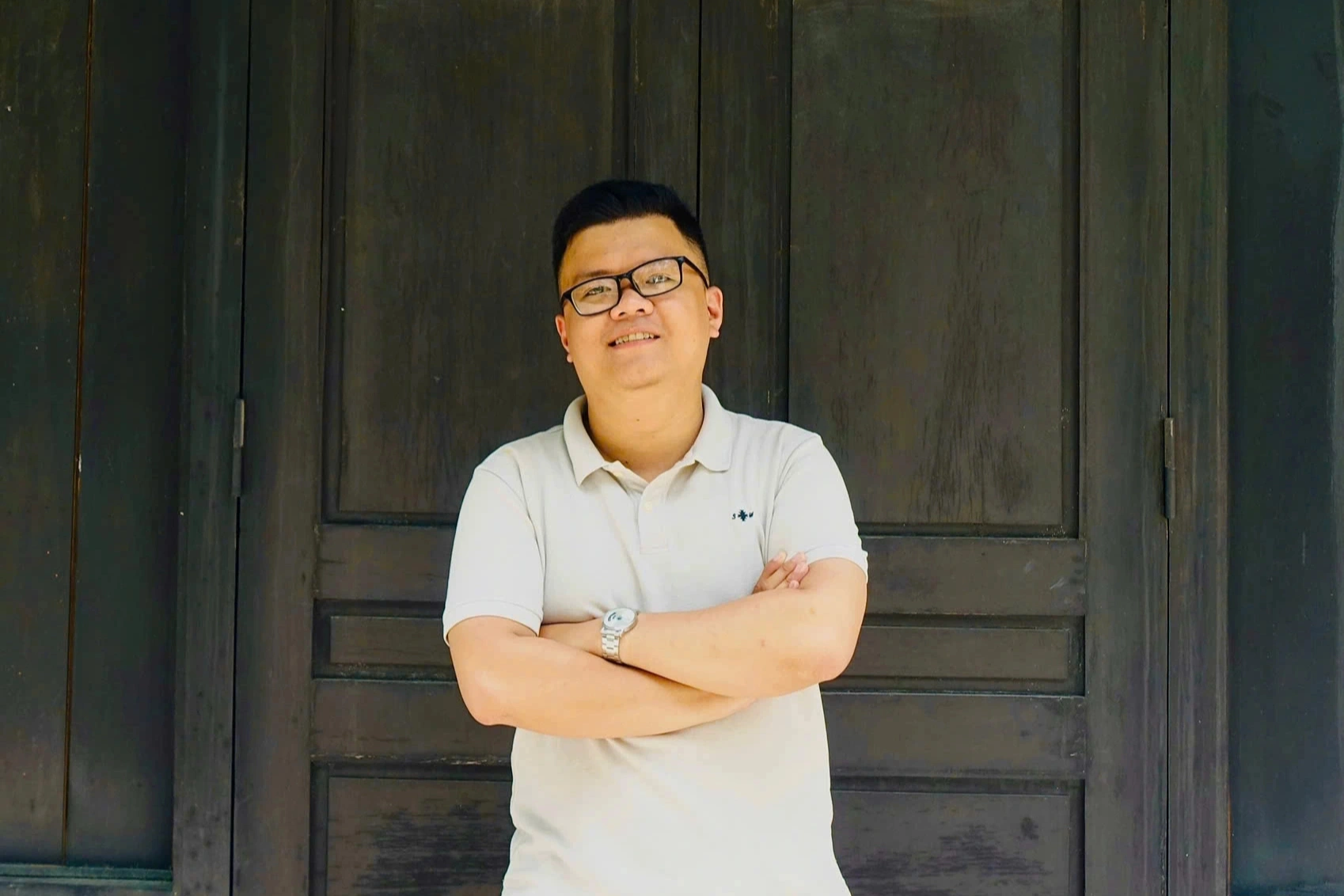





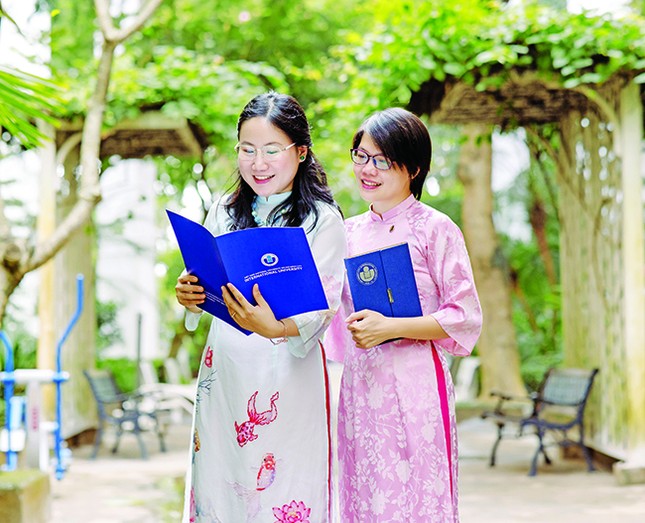




Comment (0)